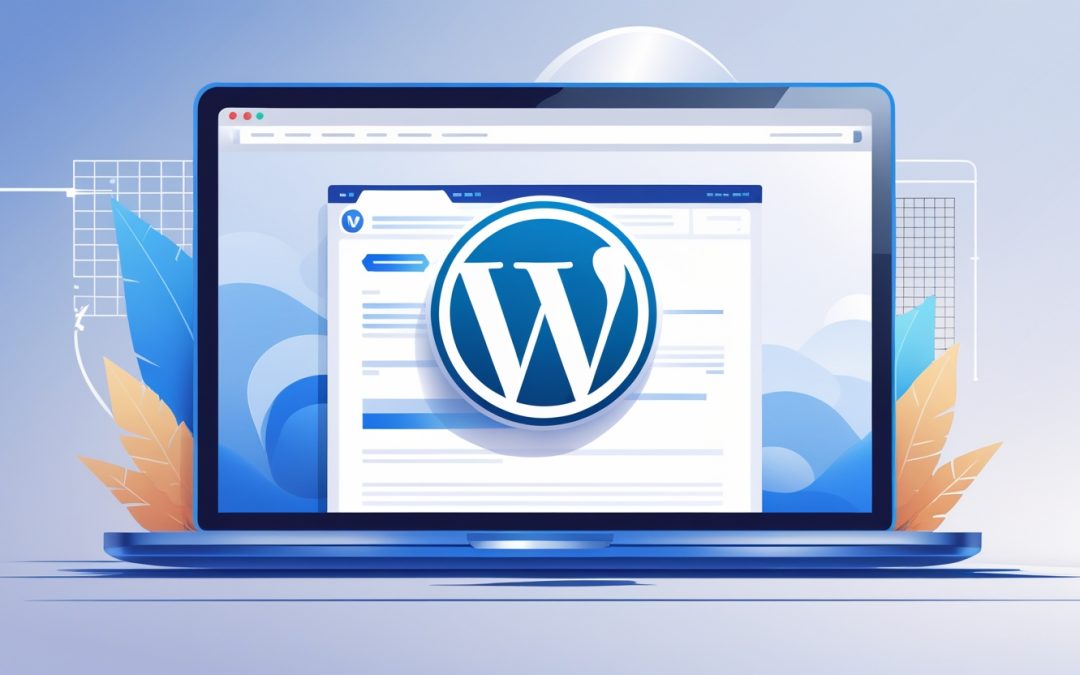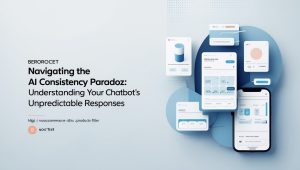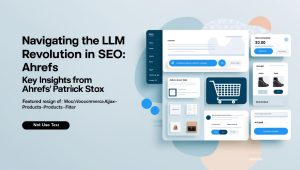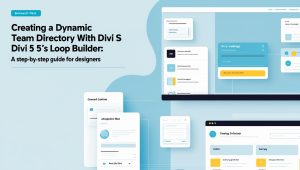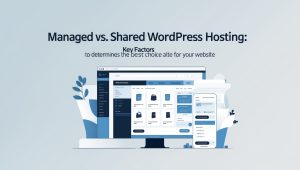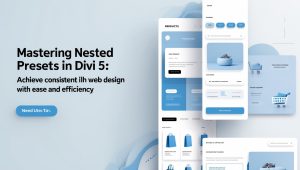When I first dipped my toes into the murky waters of online marketing, the term “landing page” conjured an image of a digital canvas, waiting for the brush strokes of creativity and strategy. 🌍 It seemed innocuous enough, but the more I learned, the more I realized that the landing page is essentially the battleground where your AdWords campaigns either triumph or tumble into the abyss of mediocrity. If you’ve ever stared blankly at your conversion rates, wondering why you’d rather watch paint dry than see those numbers climb, then you’re in for a ride.
So, buckle up. I’m here to guide you through the minefield of landing page optimization for AdWords, so you can finally unlock that elusive higher sales figure—yes, that one trapped behind the veil of ‘just okay.’
First off, let’s establish what a landing page actually is. It’s not just a page you land on after clicking an ad. No, it’s the spotlight on your product, the ornate ballroom where you show off your wares. In the world of AdWords, it’s your chance to shine without the distractions of a full website. Understand this: every element on your landing page needs to serve a purpose. 🚀
Now, if you’re like me, you’ve likely poured hours—nay, entire weekends—into crafting the perfect ad. You’ve thought long and hard about your keywords, tweaking them like a mad scientist concocting a potion. Yet what happens when your user clicks that ad? What do they encounter? If your landing page looks like something that time forgot—a jumbled mess of text and images—I can assure you they’ll hit the back button faster than you can say “bounce rate.” So, let’s break down how to transform your landing page into a conversion magnet.
1. The Headline That Packs a Punch
What’s the first thing a visitor sees when they land on your page? The headline. It’s your opening gambit, your declaration of intent. I think we all know that a bland headline could just as well be a trigger for users to hit ‘Back’ quicker than a rabbit on the run. This is where you need to grab attention. Use strong, actionable language that resonates with your audience’s needs. Remember, clarity trumps creativity every time. 🧐
2. A Clear Call to Action
Next up is the pièce de résistance: the Call to Action (CTA). If your CTA is about as exciting as watching grass grow, you might as well be handing out free passes to a funeral. Make it clear, compelling, and impossible to ignore—think “Get Your Free Trial” rather than “Submit.” Use vibrant colors and strategic placement to make it stand out. The best CTAs should evoke a sense of urgency, as though time is slipping through their fingers.
3. The Art of the Visuals
Let’s talk visuals, shall we? Stock images might have been all the rage back in the day, but now they often scream “this website is a template!” Give your audience some real eye candy. Use high-quality images that evoke emotion, have genuine relevance, and actually illustrate what you are offering. If you can, throw in a video. Videos are like the candy-crush level of engagement; they tantalize and make your product pop off the screen—figuratively and literally. 🍬
4. The Power of Copy
What about the words, you ask? Ah, the written word—the heart and soul of persuasion. Keep your copy clean and concise. Benefit-driven bullet points? Yes, please! Avoid the corporate gobbledygook that puts even the most patient reader to sleep. Instead, create a narrative that speaks directly to the visitor’s needs and demonstrates exactly how you solve their problems.
5. The Social Proof Paradigm
Now comes the part that seals the deal: social proof. If you’re not showcasing testimonials, reviews, or case studies, you’re leaving money on the table. We humans are social creatures; we want validation from others before taking a leap of faith. Highlight customer success stories or include a few well-placed logos of brands you’ve worked with. This builds trust, and trust is the currency of online commerce.
6. Landing Page Testing, Iterating, and Optimizing
Finally, we reach the end of this whirlwind tour with a crucial element: testing. The idea that you can slap together a landing page and forget about it after it’s live is nothing short of delusional. Testing is paramount. Use A/B testing to compare different versions of your page, track the data obsessively, and iteratively optimize for performance. It’s the difference between a website that languishes in obscurity and one that converts like clockwork. ⏰
In conclusion, crafting an optimized landing page for AdWords is no trivial endeavor. It requires attention, strategy, and a dash of flair. It’s about understanding your audience, and ultimately, it’s about echoing their desires back to them in a way that compels them to act. Just remember, the goal is simple: make your landing page a destination, not just a stop along the way. Your higher sales figure awaits. 🏆

